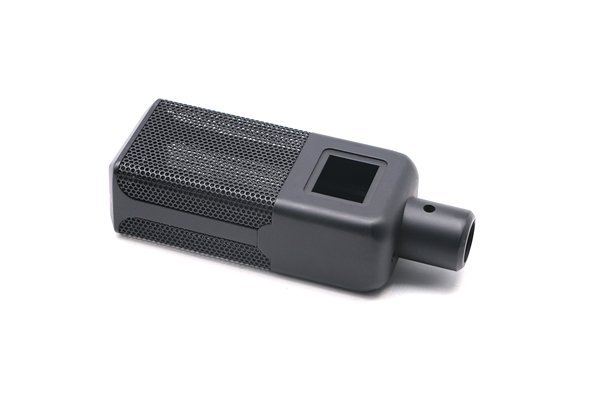Opening:
Did you know that thermal expansion can lead to inaccuracies in CNC machined parts, resulting in discrepancies of up to 0.001 inches? This subtle but significant shift can affect the quality and functionality of components in critical applications such as aerospace and automotive manufacturing. As the demand for precision machining continues to rise, understanding and addressing the effects of thermal expansion becomes a necessity for manufacturers seeking to optimize their production processes. But how do we control these thermal effects in CNC machining? Let’s dive in to explore effective strategies for managing thermal expansion to enhance machining accuracy.
Understanding Thermal Expansion
Thermal expansion is a physical phenomenon where materials expand in size when exposed to heat and contract when cooled. Every material has a specific coefficient of thermal expansion (CTE) that quantifies this change in dimension with temperature fluctuations. For CNC machining, managing thermal expansion is crucial because even minor dimensional changes can result in significant errors during the manufacturing process.
In CNC machining, the generation of heat is inevitable. This heat may come from several sources: cutting tools, friction between materials, and even the environment surrounding the machining operation. As the temperature rises, components can expand, potentially leading to misalignment and compromised surface integrity.
Identifying the Impact of Thermal Expansion
To effectively control thermal expansion effects, it is essential first to recognize how thermal growth can manifest during the CNC machining process. The impact is typically characterized by:
Strategies to Control Thermal Expansion in CNC Machining
Now that we’ve established the importance of managing thermal expansion effects, let’s examine various strategies that can be implemented to mitigate these challenges effectively.
Choosing materials with a low coefficient of thermal expansion can significantly minimize thermal effects. For example, metals like titanium and certain grades of stainless steel have been shown to offer better dimensional stability at elevated temperatures. Additionally, implementing composite materials can provide enhanced thermal resistance properties and reduce the impacts of thermal expansion in CNC machining.
Implementing active cooling systems can substantially reduce heat generation during machining operations. Techniques may include:

Optimizing CNC machining parameters is vital to reduce thermal buildup. Key practices include:
Controlling the machining environment can significantly influence the thermal behavior of materials. Consider implementing:
Designing parts with thermal expansion in mind from the outset can lead to better management of thermal effects. This approach may include:
Implementing a robust quality control process allows manufacturers to identify and rectify thermal issues promptly. Key steps include:
Managing thermal expansion during CNC machining is vital for the precision and quality of manufactured parts. By understanding the materials involved, implementing effective cooling strategies, optimizing machining processes, and considering design adjustments, manufacturers can significantly reduce the impacts of thermal expansion. The importance of these practices cannot be overstated, as they collectively contribute to improved product quality, reduced operational costs, and increased overall efficiency in machining environments.
In today’s competitive landscape, enhanced quality assurance through the effective management of thermal effects not only helps maintain customer relationships but also strengthens the reputation of machining operations. Therefore, this blog serves as a valuable guide for manufacturers and CNC operators striving for superior machining performance. By continually exploring and implementing innovative techniques to control thermal expansion, we pave the way for a future characterized by precision and excellence in manufacturing.






